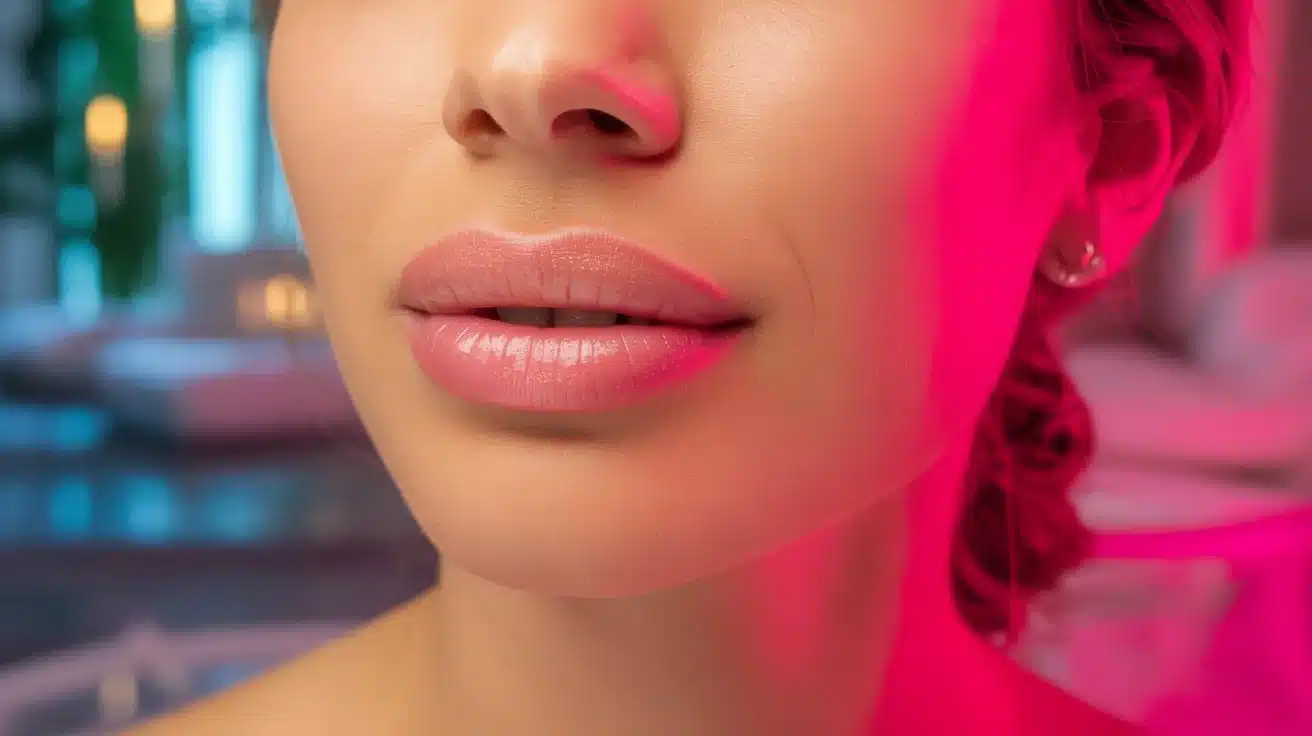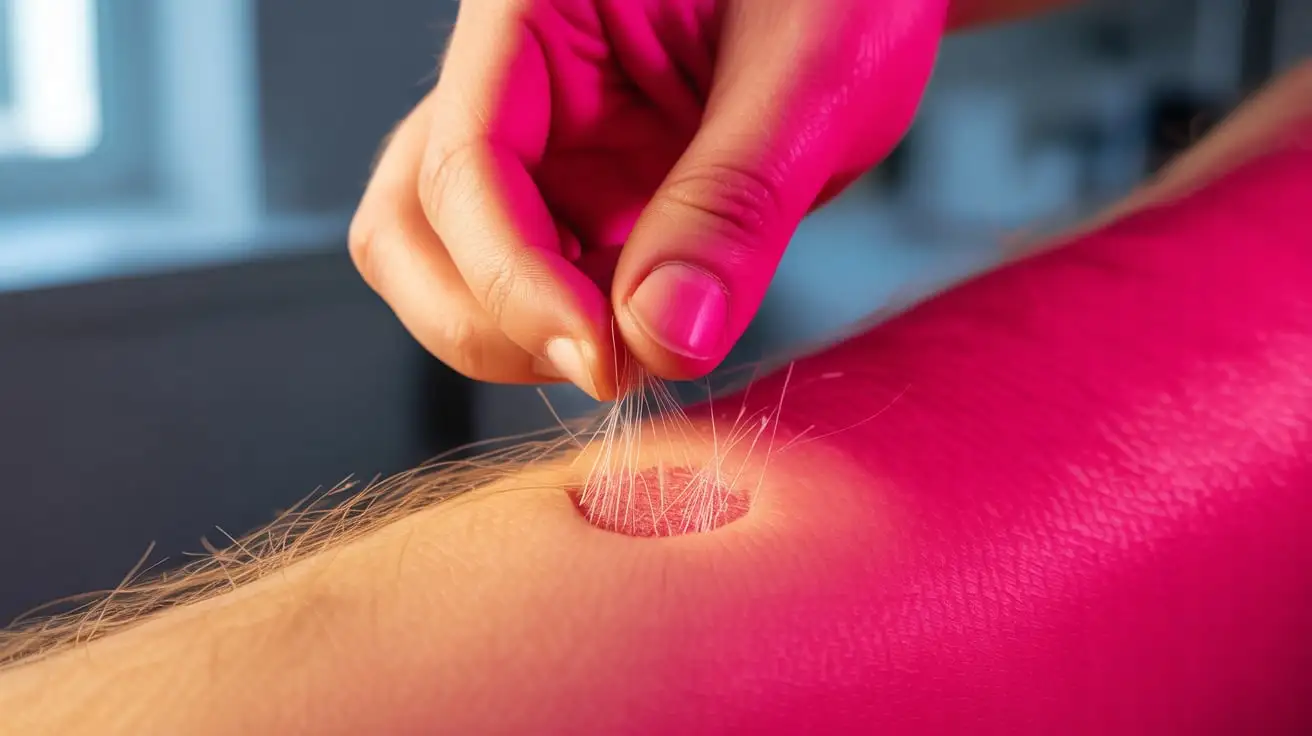
In recent years, light-based skincare has become one of the most exciting trends in beauty and wellness. Among the different wavelengths, blue LED light therapy stands out for its unique ability to treat acne, calm inflammation, and even promote mental relaxation.
Table of Contents
ToggleUnlike harsh chemical treatments, this method is gentle, noninvasive, and safe for long-term use. Whether you’re seeking clearer skin or a natural way to unwind, this therapy offers a versatile solution supported by both dermatology and holistic healing practices.
What is Blue LED Light Therapy?
Light therapy has been used in medicine for decades, but the introduction of LED technology made it accessible to the public. Blue LED therapy uses wavelengths between 415 and 450 nm to reach the skin’s upper layers. This range is effective for targeting acne-causing bacteria and reducing irritation without the risks linked to UV light. While sunlight contains multiple wavelengths (some of which are harmful), LED devices are designed to deliver controlled energy that’s safe and focused, making them ideal for at-home treatments.
Benefits of Blue LED Light Therapy
a. Skin Benefits
- Acne Treatment: One of the biggest advantages is its ability to kill Cutibacterium acnes, the bacteria responsible for breakouts.
- Sebum Regulation: Consistent sessions help reduce oil production, preventing clogged pores.
- Soothing Effect: It calms redness and swelling, making it suitable for sensitive or irritated skin.
b. Wellness & Mental Health
- Relaxation Aid: Exposure to blue light in the right setting has been shown to help reduce stress and promote a sense of calm.
- Mental Clarity: Some studies suggest it supports alertness and focus, helping balance mood swings.
- Sleep Support: By influencing the circadian rhythm, it encourages a healthier sleep cycle when used correctly and not too close to bedtime.
c. Other Potential Uses
- Anti-inflammatory Benefits: Can help soothe flare-ups in conditions like rosacea or eczema.
- Eye Health Support: In safe doses, it may help reduce digital eye strain, especially when used in conjunction with specially designed lamps.
How Blue LED Light Therapy Works
The science behind blue LED therapy is both fascinating and simple. When the light penetrates the skin, it creates a reaction that destroys acne-causing bacteria. At the same time, it reduces inflammation, helping the skin heal faster. In colour therapy traditions, blue represents calmness and balance, which explains its effect on stress relief and relaxation. Clinical research continues to explore its broader benefits, with promising results for both dermatological and psychological applications.
How to Use Blue LED Light Therapy at Home
The popularity of at-home devices has made this therapy more accessible than ever. Options include:
- Masks that cover the entire face.
- Handheld wands for spot treatment.
- Lamps for skin and wellness sessions.
How to use:
- Cleanse your skin before each session.
- Use the device for 10–20 minutes, 3–5 times per week.
- Stay consistent for at least 4–6 weeks to see results.
- Always follow the manufacturer’s instructions to avoid overuse.
Best practice: Choose FDA-approved devices to ensure safety and effectiveness.
Blue Light Therapy vs. Other Colours
LED therapy isn’t limited to one wavelength—each colour offers different benefits:
- Blue vs. Red LED: Blue targets acne and surface bacteria, while red penetrates deeper to stimulate collagen and reduce wrinkles.
- Blue vs. Green LED: Blue soothes and clears skin, while green helps with pigmentation and uneven tone.
By combining treatments, many people enjoy a full spectrum of skincare and wellness benefits.
Side Effects & Safety Precautions
Although generally safe, it’s important to understand potential effects:
- Mild Reactions: Some users notice slight dryness or sensitivity, which usually fades quickly.
- Who Should Avoid It: Pregnant women, people with photosensitive conditions, or those taking certain medications should seek medical advice first.
- Safety Tip: Always use protective eyewear with stronger devices, and avoid direct eye exposure.
Is blue LED light therapy safe for daily use?
Yes, when used within the recommended guidelines.
How soon can you see results?
Most people notice improvements in acne and skin texture within 4–6 weeks.
Can it replace dermatologist treatments?
It works well for mild to moderate acne but should complement professional care for severe conditions.
Does blue light damage the skin or eyes?
Blue LED is UV-free and safe, but prolonged direct exposure to the eyes should be avoided.
Conclusion
Blue LED light therapy is more than just a skincare trend—it’s a scientifically backed treatment that benefits both skin and wellness. From fighting acne and calming irritation to reducing stress and improving sleep quality, it provides a holistic solution for modern lifestyles.
By using safe, FDA-approved devices and maintaining consistency, anyone can experience its transformative results. If you’re considering adding it to your routine, start with short sessions and consult a dermatologist for personalized advice.


